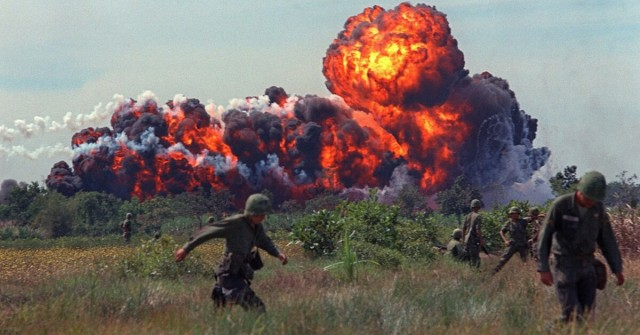The fire borrowed by humanity from Mother Nature at the dawn of civilization first gave warmth, protection, and hot food, but it soon turned into a weapon.
In the era of antiquity, people poured Greek fire onto the heads of their enemies. In ancient Byzantium, siphons installed on ships were filled with flammable liquid. In the First World War, backpack flamethrowers were widely used. However, the heyday of the use of fire for military purposes was still to come.
Fire gained its maximum effectiveness as a weapon after the Americans invented napalm, a substance that turned thick jungles into ashes during the Vietnam War. Greek fire was the prototype for both modern napalm mixtures and flamethrowers.
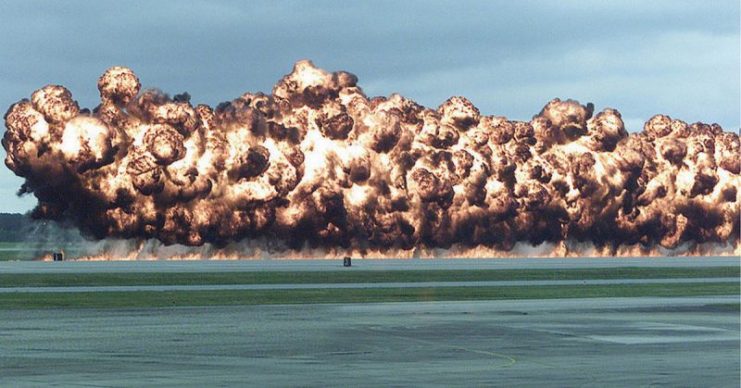
In both world wars, flamethrowers were filled with gasoline. However, because pure gasoline has a low viscosity it easily spreads, increasing the area of combustion. This leads to rapid combustion, making gasoline an ineffective incendiary substance. Thus, a new substance was required that could both emit a high temperature and burn for a long time.
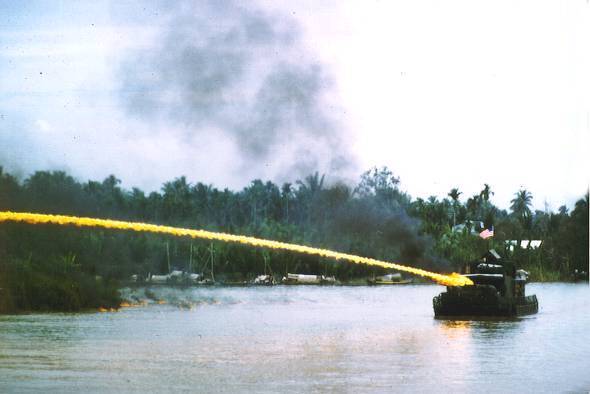
Pre-war development of jelly-like combustible agents required the use of natural rubber as a thickener, but rubber was scarce in wartime. In 1942, the U.S. Army Chemical Corps and researchers at Harvard University under the direction of Louis Fieser found a solution that does not require the use of natural rubber.
They invented a mixture based on gasoline with naphthenate and aluminum palmitate as a thickener. The mixture possessed a number of the qualities the military sought, such as easy flammability and a long burning time. It was the birth of napalm.
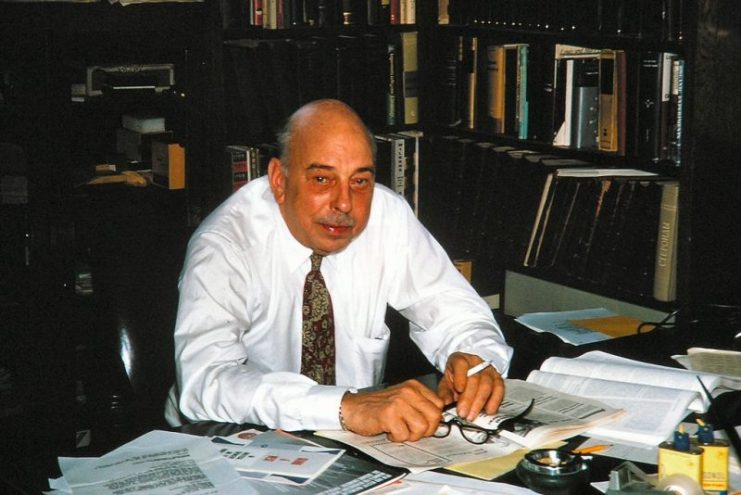
The mixture would adhere even to vertical surfaces and, depending on the main component, had a combustion temperature of 900-1100° C (1,650-2,000° F). In the course of burning, a lot of thick, acrid black smoke resulted.
The combination of napalm’s properties were ideal in order to deliver maximum trouble to opponents.
With the development of science, the formula of napalm improved. In the U.S., a new napalm called Napalm-B was developed based on polystyrene. It had a high intensity and burning temperature of 1200–1500° opponents C (2,200-2,700° F) and adhered even to wet surfaces.
In cases where alkali is added to napalm, the mixture self-ignites when it hits a target. Self-igniting is not affected if the target is wet or covered with snow. Such mixtures are called Super Napalm. They cannot be extinguished with water.
Another modification of napalm is pyrogels, or metallic incendiary mixtures, which are obtained when inorganic oxidizers and magnesium are introduced into napalm. The flame temperature of such napalm rises to 1600° C (2,900° F), and slags formed during combustion are able to burn through metal structures.
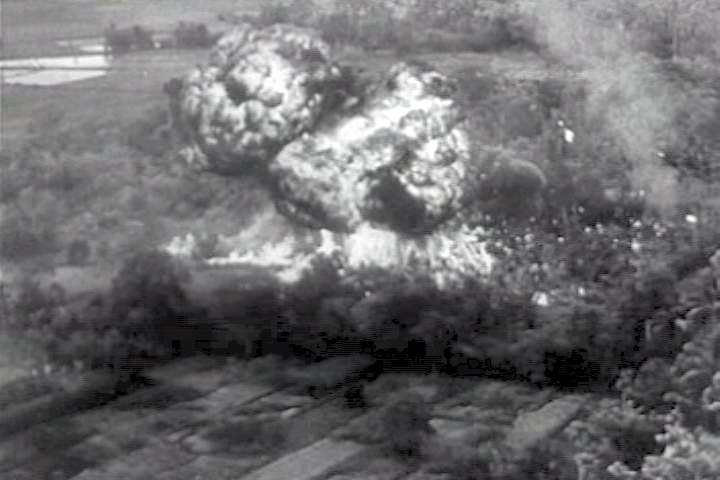
The Americans made the first use of napalm during the Second World War. The first experience was the bombing of Nazi-held fuel depots in France on July 17, 1944. At about the same time, bombs filled with napalm were dropped on the Pacific Islands controlled by the Japanese. Later, napalm was used in Korea.
Napalm has become a sought-after and effective weapon, although its effects are inhuman. When burning, the mixture actively releases carbon dioxide and carbon monoxide, thus consuming all the oxygen in the affected area. This made it possible to kill enemy soldiers and often civilians who were hiding in bunkers, caves or dugouts. These people died from both the high temperatures and suffocation.
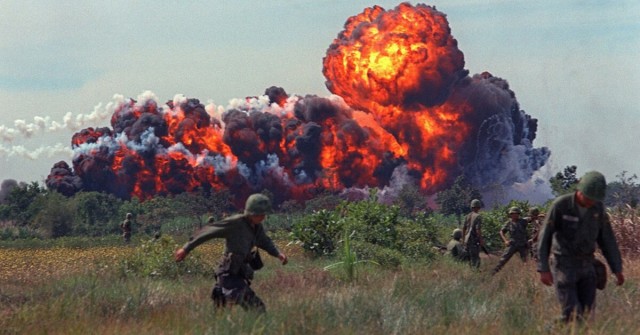
Napalm causes severe burns all over the body that are worse than burns from a normal fire. Upon contact with people, it instantly sticks to the skin and burns the flesh, leaving serious wounds. In a panic, many people often try to wipe napalm from themselves, but this only leads to the spread of fire and the expansion of the burn area.
It is worth noting that the use of napalm during wartime was not limited to filling bombs. Artillery shells and all types of flamethrowers were filled with the incendiary mixture.
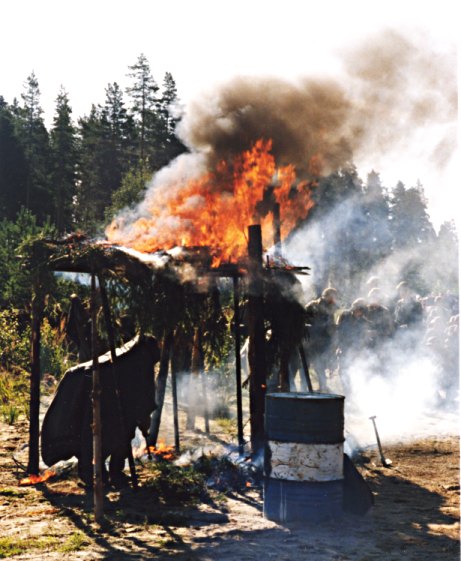
The peak of the use of napalm was during the Vietnam War. Since it was declared a weapon of victory in the Korean War, napalm became part of the U.S. arsenal from the very beginning of the Vietnam conflict. In the tropical jungle, Americans often resorted to the air support of F-100 Super Sabre supersonic jet fighter aircraft to drop bombs filled with napalm on Vietcong soldiers.
In the period from 1963 to 1973, 388,000 tons of napalm were dropped on Vietnam, which is almost 12 times the amount that had been used in Korea.
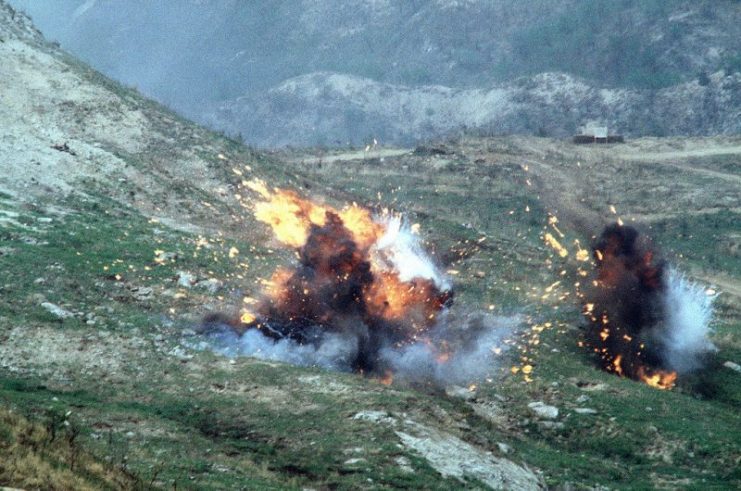
Along with the militant Vietnamese partisans, women, children and old people often came under fire. Napalm wiped out hundreds of villages, miles of jungle, and peasants’ fields. Because of carpet-bombing, periodically nearby American troops would be affected as well.
In one of the most famous and iconic photographs taken in Vietnam, terrified children flee from a napalm strike. Kim Phuc, the little girl featured most prominently in the photo, later stated: “Napalm is the most terrible pain you can imagine. Water boils at 100 degrees Celsius. Napalm generates temperatures of 800 to 1,200 degrees Celsius.”
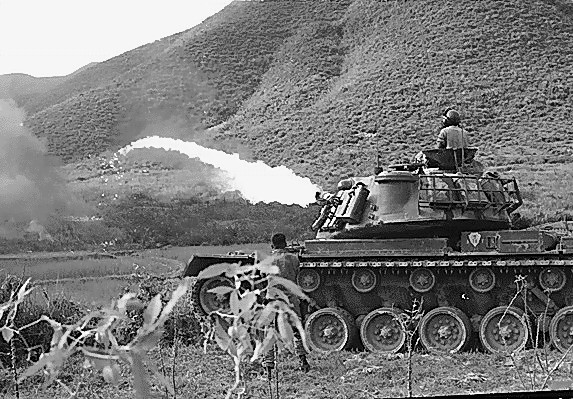
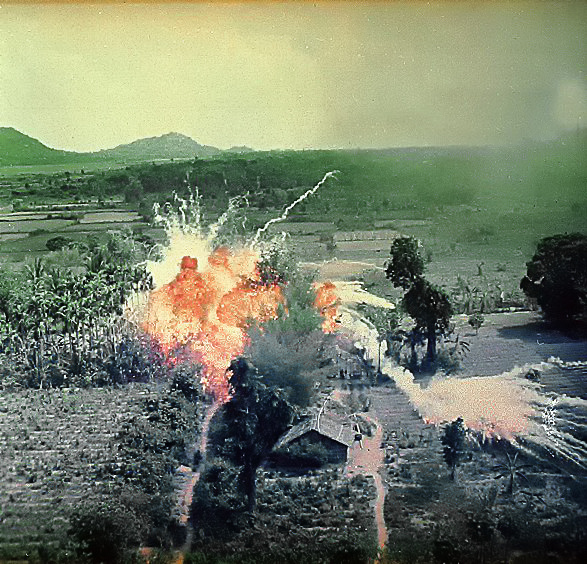
After the Vietnam War, napalm was periodically used from the 1970s through the 1990s in areas of conflict in Africa, the Middle East, Argentina, and Yugoslavia. In 1980, the UN adopted the Convention on the Prohibition or Restriction of the Use of Specific Conventional Weapons.
A related UN measure was the Protocol on the Prohibition or Restriction of the Use of Incendiary Weapons (Protocol III) in which the use of incendiary weapons, including napalm, against civilians was prohibited. As of 2005, 99 countries have signed the Convention, but there are some countries that have refused to sign Protocol III.
